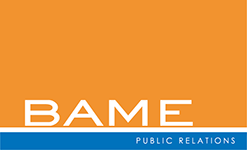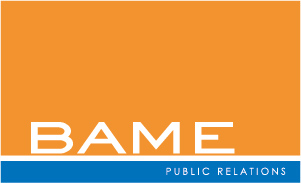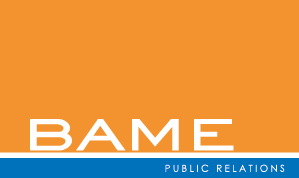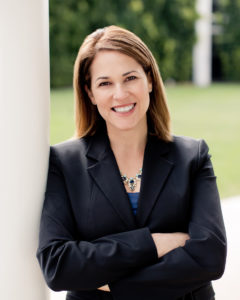Your Firm’s Role in Improving Diversity and Inclusion in Media Coverage
Diversity and inclusion is a timely topic in the legal industry and in the media.
In an often-cited 2016 article in the Atlantic, Adrienne LaFrance performed a scientific analysis of the list of the people she had quoted in her articles in the course of a year. She found, to her consternation, that like many other journalists, she had predominantly quoted men – in her case, about 75 percent of the time. She reflected,
I’m not excluding women on purpose, but I can’t say it’s an accident, either. Reporters choose whom to interview. We carefully parcel out our time as we work toward deadlines. I spent several weeks working on this story about self-driving cars, for instance, and it occurred to me as I was reporting that I hadn’t interviewed any women.
LaFrance had done the same type of analysis of her work in 2013, and it turned out that three years later, she hadn’t at all increased the percentage of women that she was quoting in her stories. She vowed to do better and to raise that percentage. As LaFrance said in her article:
You can be someone who pays lip service to a problem; or you can be someone who tries to understand how you’re contributing to that problem, then take corrective action.
And she wasn’t the only reporter or editor who began to take note of the drastic gender imbalance in the sources that journalists quote in news stories.
Last year, a writer for the influential Columbia Journalism Review wrote:
. . . the ranks of the American press continue to under-represent the racial, gender, class, and other forms of diversity found in its coverage areas. But there’s another way journalists are failing at diversity — in the sources and experts it calls upon to help the public understand and digest the news of the day.
Now, some publications are automating the process of quoting more women. The Financial Times finding that only 21 percent of the people quoted in its pages are women, has installed an editorial bot that uses pronouns and analysis of first names to determine whether a source is male or female. The bot alerts editors at the paper that they may not be doing enough to feature women in their stories.
According to an article in The Guardian it’s not just a quest for fairness or political correctness that’s driving this push. It’s basic business sense. The Guardian wrote that the Financial Times, “which covers many male-dominated industries, is keen to attract more women readers, with its research suggesting they are put off by articles that rely heavily on quotes from men.”
The same dynamics apply in the legal industry, which is as male-dominated as the worlds of science, technology or finance. Only about 20 percent of equity partners in major U.S. law firms are women – a fact that, over the years, made it easy for legal and mainstream publications to quote mostly men as sources in stories about law and the legal profession. Yet, in 2019, those publications also wish to quote women on a par with quoting men. (Just examine their readership as a matter of business. Although women constitute only 20 percent of BigLaw equity partners, they make up 45 percent of BigLaw associates and 33 percent of all lawyers in the United States.)
This creates a unique opportunity for legal PR professionals. When pitching a story or suggesting someone in a law firm who is available to be quoted, always assume that the reporter is not only looking for someone with appropriate expertise but is also wanting to quote women. If you propose two people in your firm who are available to speak with a reporter, make sure that one is a woman if that is at all possible. If you suggest four people, include two women. And so on.
Include media engagement in your firm’s or organization’s diversity strategy. This will improve diversity and inclusion within media commentary too.




